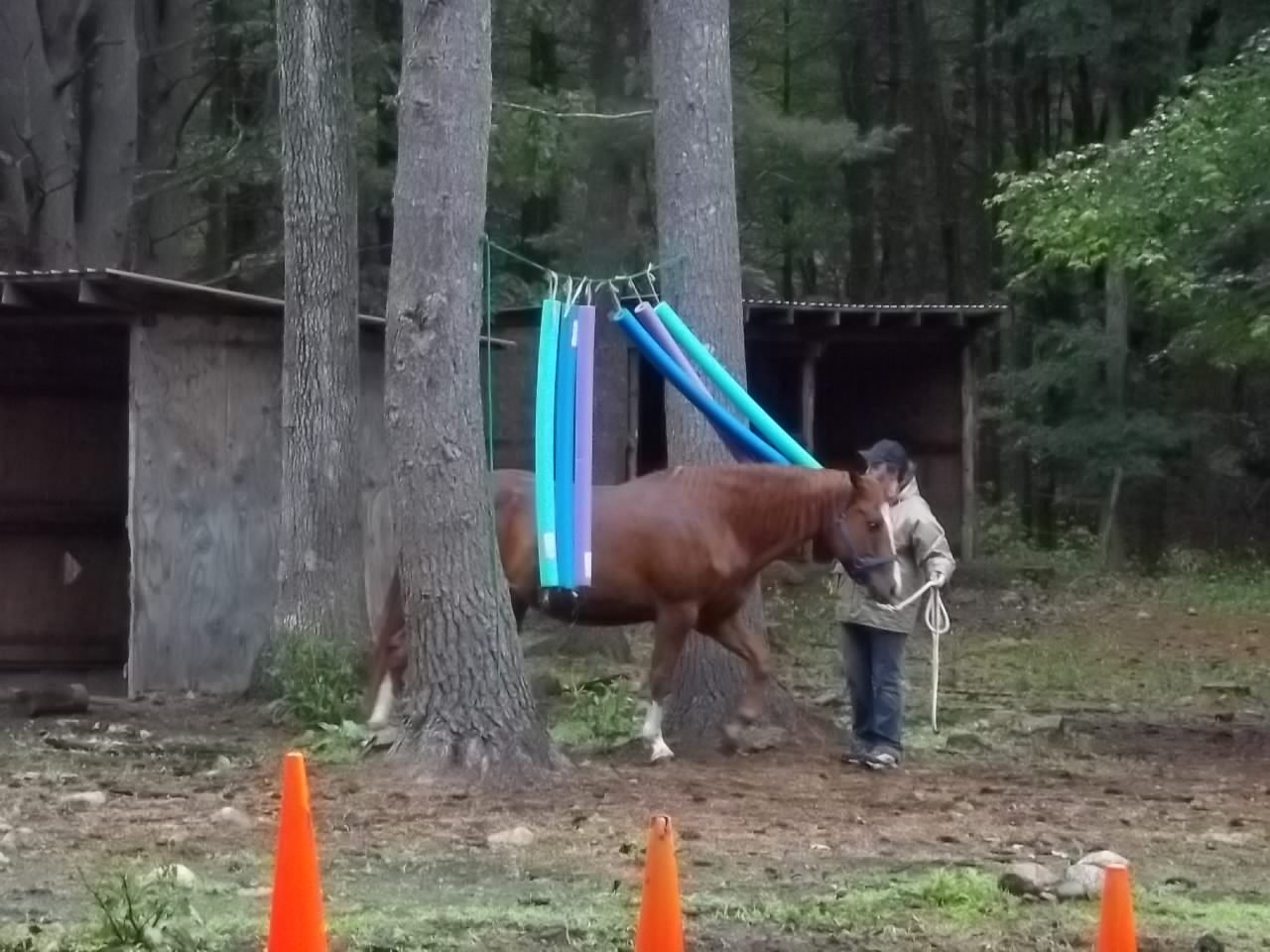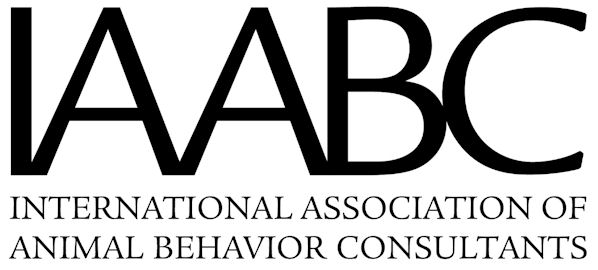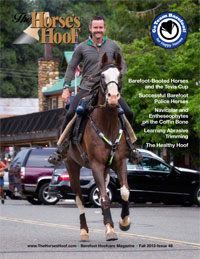 … “I think, Bob, that physiologically, the anticipation of a primary reinforcer (food, sex, water) will cause a very sharp rise in the dopamine levels which cause the horse to want to get that ‘feeling’ again. The dopamine affects the pleasure center in the brain. Think of “crack” … or other drugs that are so highly addictive. Almost the same principle. The video I posted that started off this thread explains it very well.
… “I think, Bob, that physiologically, the anticipation of a primary reinforcer (food, sex, water) will cause a very sharp rise in the dopamine levels which cause the horse to want to get that ‘feeling’ again. The dopamine affects the pleasure center in the brain. Think of “crack” … or other drugs that are so highly addictive. Almost the same principle. The video I posted that started off this thread explains it very well.
While the horse will experience a pleasurable ‘release’ from aversive cue when that pressure is released it doesn’t elicit that dopamine response. That behavior is an avoidance behavior. BTW — release of pressure is “negative reinforcement” and is another form of operant conditioning. When one ‘shapes’ behavior, one waits for the horse to move in a certain manner, marks that movement then gives a reward. That’s “positive reinforcement” and the horse is choosing to offer the behavior willingly. We apply pressure to the horse’s poll, the horse lowers his head to get away from the pressure and then we mark that instant of the lowering of the head and reward — that’s “negative reinforcement”. I happen to use both. There are two other aspects to operant conditioning which, IMHO, are never to be used with horses and they are “Positive Punishment” and “negative Punishment”. I know we’ve had this discussion before but I agree with Temple Grandid wholeheartedly in never punishing a fear-based behavior. That’s like spanking your child when he’s crying because he’s afraid there’s a monster under his bed. He’ll stop crying to stop the spankings but won’t stop being afraid … the fear of the monster is now compounded by the fear of being whacked when he cries. And, punishment has been shown to cause other issues with horses including responsive aggression. Plus its also been shown that in order for the punishment to be effective it must always be used to achieve the requested behavior. On the contrary, CT encourages the horse to repeat the try even after the marker and treat has been removed as the behavior becomes a conditioned response to a specific cue or request. Fear becomes a conditioned response as well. So — two opposite spectrums of training, I guess.”










